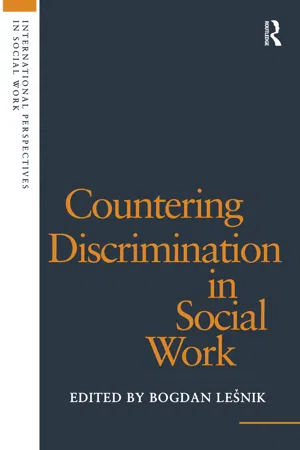Poverty would appear to be a relatively new phenomenon in Latvia. Prior to the dissolution of the Soviet Union, if poverty was at all present, it was latent. It was not a topic for discussion, largely due to the official Marxist-Leninist ideology. According to this ideology, there were no social problems to be found in a socialist society. People started to talk about poverty, survival and other such phenomena in the late 1980s and early 1990s, with the collapse of the USSR and the consequent processes of transformation. This was a time when a significant part of the population was faced with poverty and experienced its consequences. The deterioration of living standards is not always linked with poverty, but rather with deprivation, as the latter has brought different restrictions and, to be sure, detrimental consequences for people’s lives.
Causes of poverty
The causes of poverty are various and complex. Only some of the more evident ones will be mentioned here. After regaining independence in 1991, Latvia began a transition from a totalitarian regime to democracy and from a command economy to relations regulated by the free market - that is, to totally different political and economic systems. The transition involved important structural changes in all spheres of life, with those in the economic and social protection spheres more noticeable for ordinary people. Economic reforms included many unpopular measures and created unexpectedly harsh results in production, wages, consumption, trade and inflation. The severity of decline in these spheres even surprised International Monetary Fund planners (Dreifelds 1996:114), and caused considerable distress in the population.
Although now recording modest Gross Domestic Product (GDP) growth, within recent years, GDP had decreased to almost half its former level (from 1989 to 1995 by 46 per cent) (Latvija Parskats 1996: 44). Production decreased even more (Oslands 1996: 22). Liberalisation of prices was closely related to hyper-inflation, with its maximum (958 per cent) occurring in 1992. In recent years the rate of inflation has decreased significantly (estimated to be at less than 10 per cent in 1997), but it is not compensated for by an increase in the rate of income. Usually poor living conditions are associated with being out of the labour market. The transition brought about a change in this: labour-related poverty. There are spheres, especially those financed by state budget - education, medicine, culture, social assistance and so on - where wages are relatively low. They are lower than average and frequently also lower than the subsistence or survival minimum. Even if there has been an increase, it does not match the rate of inflation. This results in a significant deterioration of purchasing power for the population and in the general level of economic well-being.
The restructuring of the economy brought along a new phenomenon for Latvia - unemployment - which did not exist officially in the USSR. In 1996 the official unemployment rate was 7.1 per cent (Diena, 2 October 1996), with a trend towards gradual increase. According to survey data provided by the Central Statistical Bureau (CSB) of Latvia, it is significantly higher. At the end of 1995 18.9 per cent of the economically active population was looking for work (Zinojums 1996: 9). Special attention must be paid to increasing long-term unemployment (42.6 per cent of all unemployed in 1995), as this indicates the severity of the problem. Unemployment is not evenly distributed throughout the country. There are regions, especially in eastern Latvia, where the unemployment rate is almost three times higher than the average and almost ten times higher than in the capital, Riga. That high level of unemployment can be dangerous, not only for the economic survival of the population, but also for their psychological well-being. It can be closely related to a range of negative phenomena, such as moral degradation, depression, looking for escape in alcohol, suicide, and so on.
Another trend, characteristic of the period of transition, is a rapid change in social structure caused by social differentiation within the population according to their material well-being. And this also was new. People were used to thinking in terms of equality. At the very least an idea about citizens being equal members of a socialist society was created and sustained. Therefore, the distribution of household income that has become more unequal during the transition is even more painful. Researchers speak about a hyper-differentiation that has taken place in most post-communist countries. To characterise this process, a Gini coefficient can be used. It shows how equally or otherwise an income is distributed among the population. In the late 1980s the Gini coefficient was about 0.2-0.3; in 1993 0.40; in 1994 0.42. For comparison, this index is higher in Latvia than in any of the G-7 countries, where it fluctuated between 0.28 and 0.32 (Latvija Pārskats 1996: 25-6), and it shows that income is distributed more and more unequally in Latvia, that the rich get richer and the stratum of those living in poverty is increasing. In 1996 the bottom decile received only 3.3 per cent of all resources while the richest 10 per cent had about 25 per cent at their disposal (Diena, 8 April 1997).
